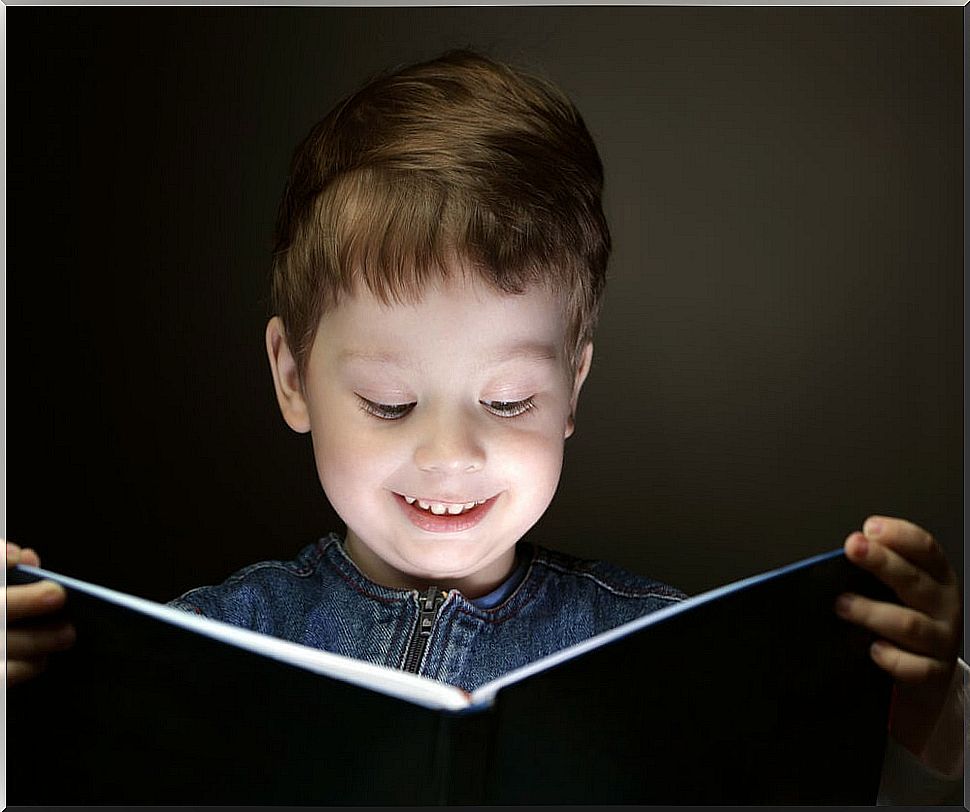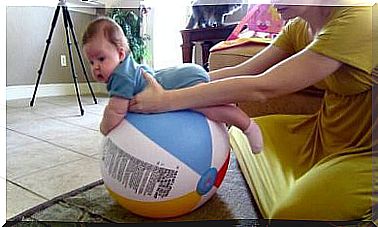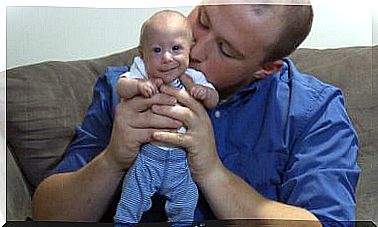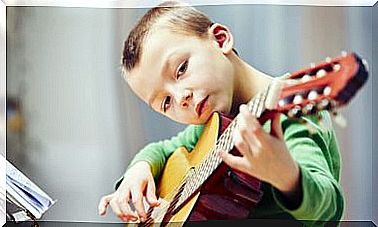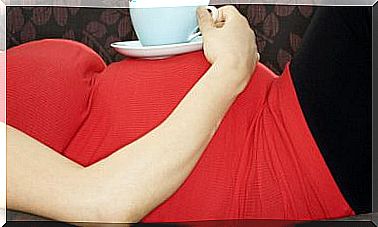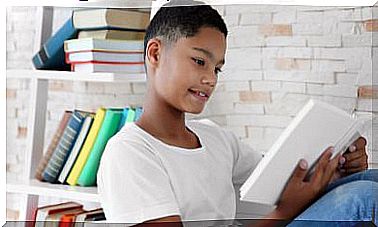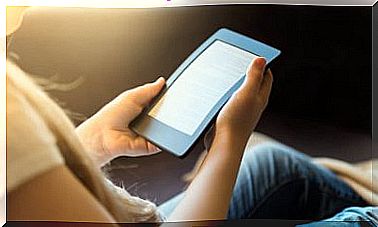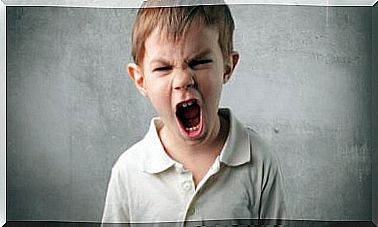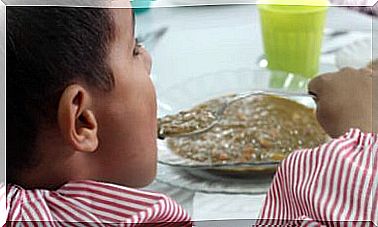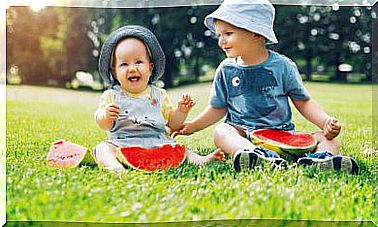Paper Or Screen Reading For Children?
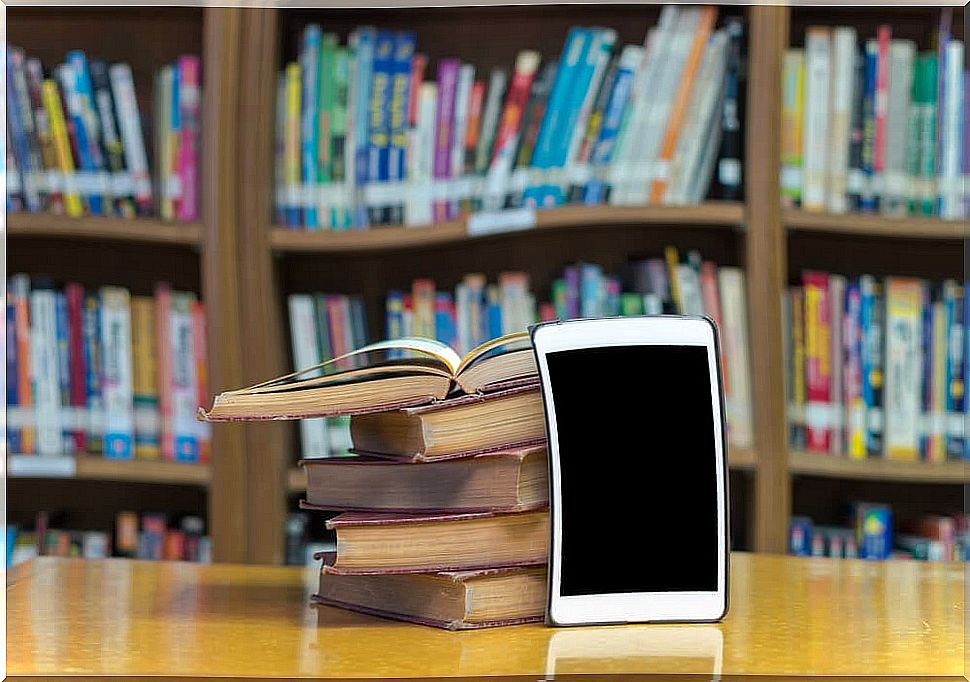
Since the inclusion of new technologies and, more specifically, these in the world of reading and books, the debate on whether children should read on paper or on screen continues to be a very topical issue.
There is a general idea that children, in many cases, are totally reluctant to read books on paper and that they prefer to use an electronic device and thus read on the screen. However, what is true in all these statements?
Here are some aspects of the topic that information professionals, teachers and parents should take into account.
Digital readout
It is true that today children of all ages, even those under three years of age, are perfectly capable of handling an electronic device according to their abilities ; Furthermore, they love to use them and investigate their possibilities.
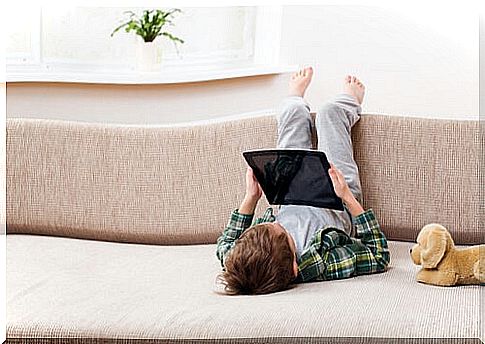
Despite being called “digital natives”, normally, the little ones do not use these devices to read, not even those who do so often and prefer to read in a traditional way.
On-screen reading has a number of advantages:
- Enjoy interactive books.
- Extra applications related to the history of the book.
- Being able to have several books in the same device without having to carry them around.
However, the main drawback, the distraction that these types of devices have due to all the possibilities they include, continues to have force when both children and parents opt for this type of reading.
Many children have scattered concentration levels or even attention problems, so reading, which requires a high level of concentration, on a device is not the best option.
Reading on paper
The tradition of reading on paper, despite the inclusion of new technologies, has not been lost, contrary to what many studies and research predicted.
Children are a reflection of the words and also of the actions that parents take on a daily basis. For this reason, if they see their parents read in a traditional format, since there is a sector of the adult world that is not familiar with the world of digital literacy, they will want to read in the same format.
The same happens if you have a small bookstore at home or if you go as a family to public libraries and make use of them.
Despite the fact that in schools the use of tablets and other electronic devices, such as digital whiteboards, is being developed and implemented, textbooks have not disappeared from the classrooms and teachers continue to use reading books in a traditional format.
Following the line of what we talked about previously, a book in traditional format is a much more suitable option for children with concentration and attention problems, since they do not have anything else in their hands that can distract them.
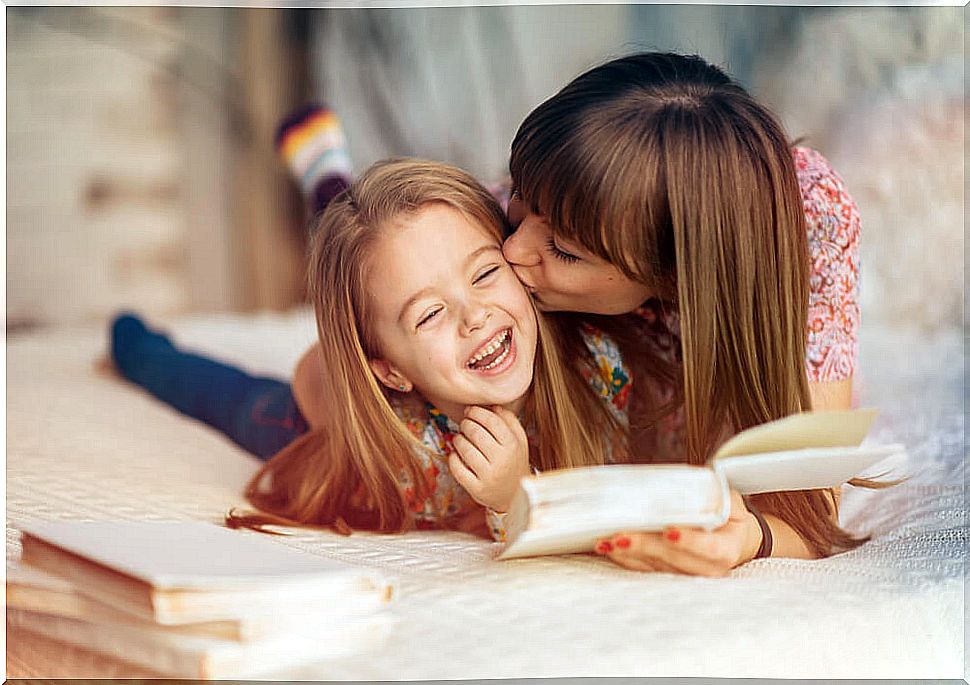
Reading on paper or on screen?
After dealing with the fundamental aspects that reading on paper or on screen offers, it is necessary to assess which option is most appropriate for the child in each case.
However (and this is the primary and essential aspect), it must be borne in mind that children must be made to read and acquire a reading habit, regardless of the medium or format they use for it.
There will be children who always continue to opt for paper and there will be others who leave it behind for the comforts of new technologies. Both options are accepted if in the end we get the little ones to be lovers of reading and, consequently, of culture.
In addition, it is convenient that all possible sectors, both parents, information professionals and teachers spread the love for reading and books through their recommendations.
There are many different themes and varieties of books so that each child can choose what they like the most and thus enjoy a beautiful moment and a beautiful story.
